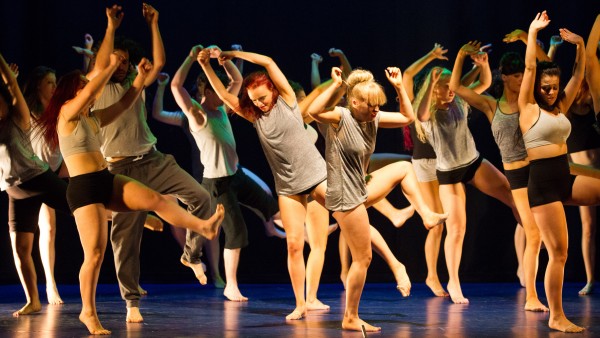
Contemporary
Contemporary Dance is not quite as modern as you might think. Derived from Ballet, Jazz, and Modern Dance at the turn of the 19th century, Contemporary Dance is characterized by a free-flowing and natural form of expression. In the mid-1950s, it took on a life and identity of its own, and has since become a staple in the commercial dancers’ repertoire.
Why do we teach Contemporary Dance?
Contemporary Dance is used across many different kinds of productions, both on the West End and within a commercial setting. Due to its flexibility and organic fluidity, it can deliver a truly unique dance style that is often driven by a strong emotional narrative, expressed and interpreted by the dancer.
Contemporary Dance moves
Contemporary Dance is influenced by Ballet, Jazz, and Modern Dance.
The key things to remember about Contemporary Dance include:
- Organic Fluidity
As with Freestyle, Contemporary Dance is an organic expression of a number of different dance styles. It’s weaving these styles together into a coherent set of movements that conveys the story being told. - Individual Interpretation
Similar to a Jackson Pollock painting that flows in an almost random manner, Contemporary Dance flows in a similar way. However, the end result, as with a Jackson Pollock painting, is a coherent piece of work that powerfully expresses a given meaning or emotion. - Emotional Storytelling
Throughout a Contemporary Dance piece, a narrative steers the emotional storytelling. How this narrative is communicated is decided primarily by the dancer and choreographer, working together to ‘feel’ the music and thereby tell the story.
Make your move!
If you’d like to talk with Angela, our lovely Course Director, about the Contemporary Dance content you’ll learn on our commercial dance courses before you apply, please get in touch on 0207 118 1818.
